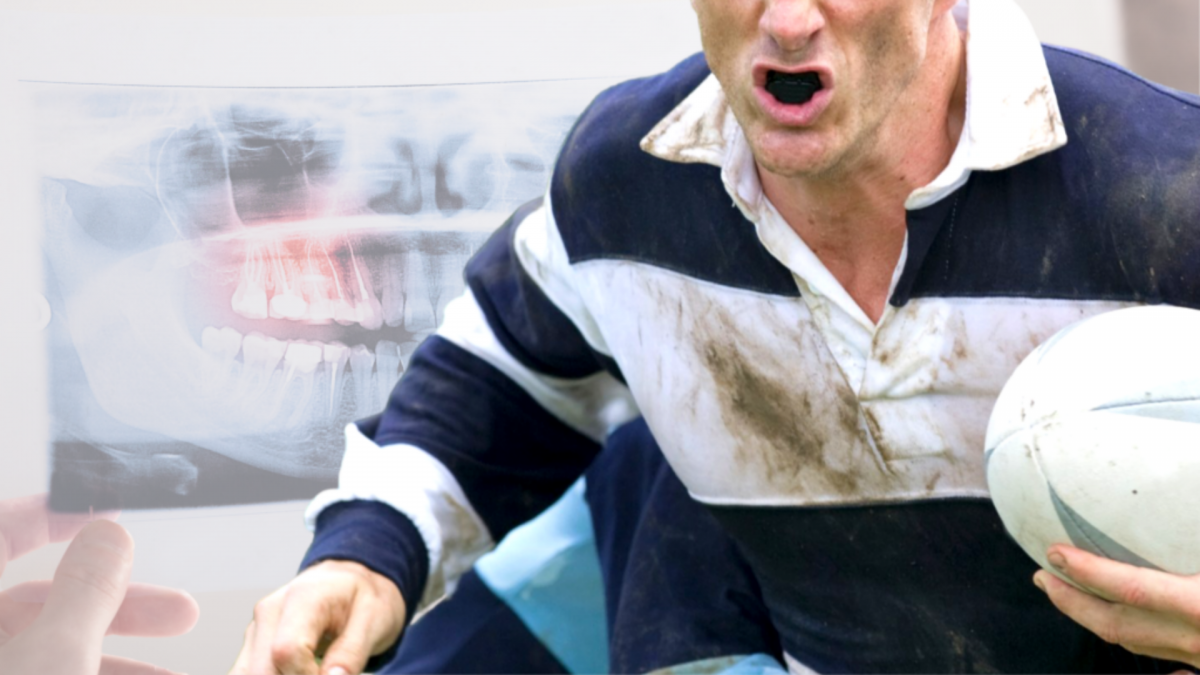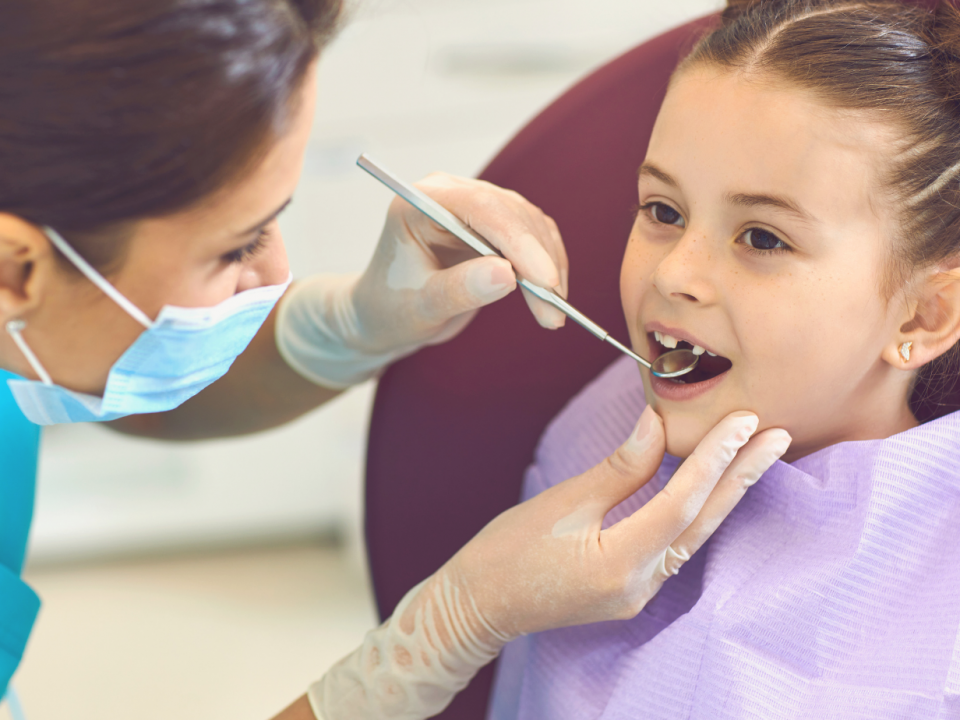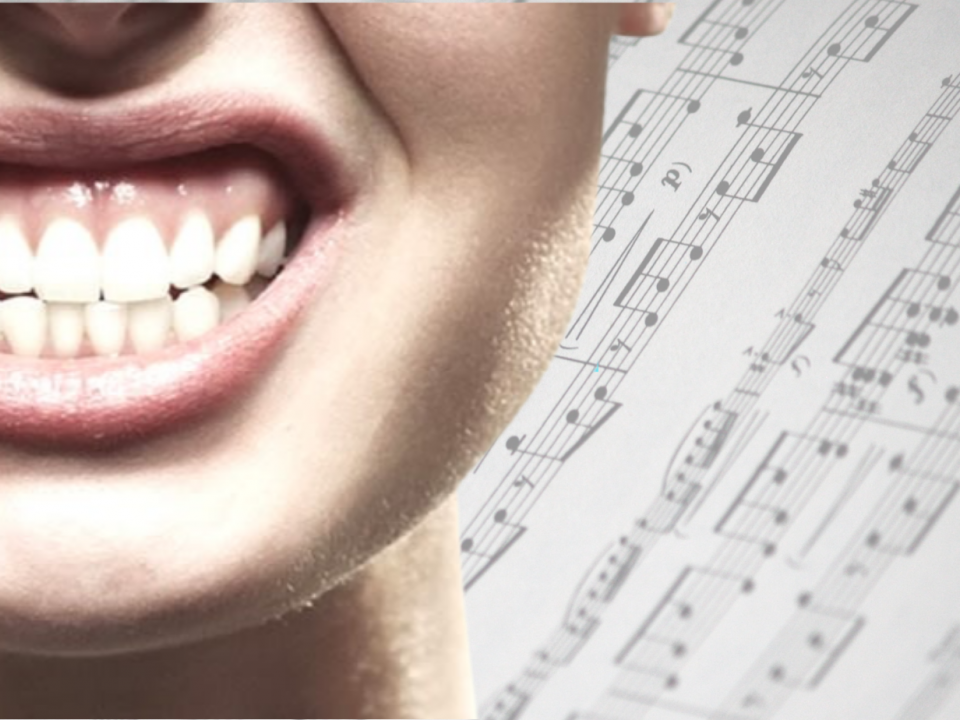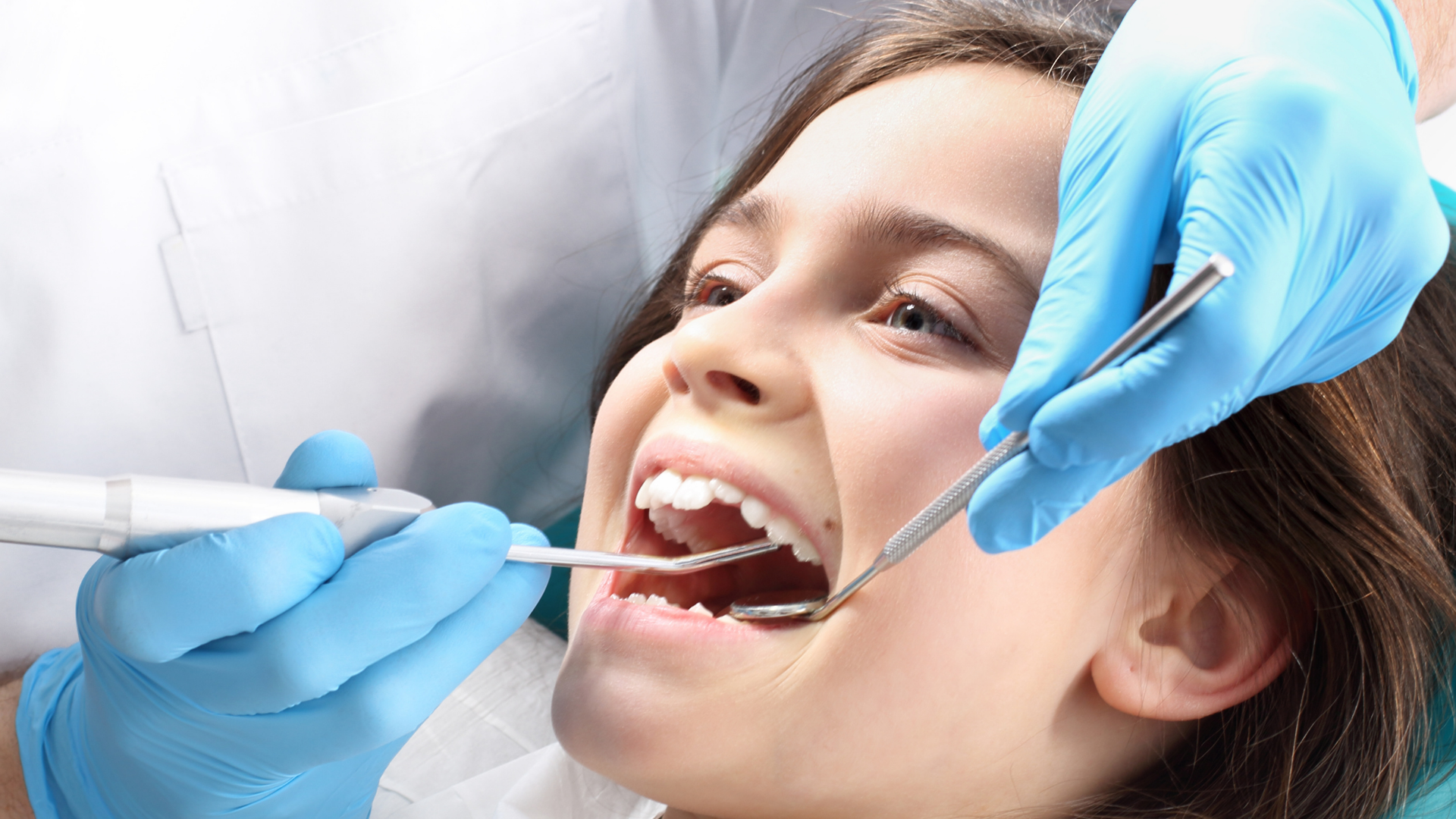
Skeletal and postural effects of elastodontic therapy
25 September 2021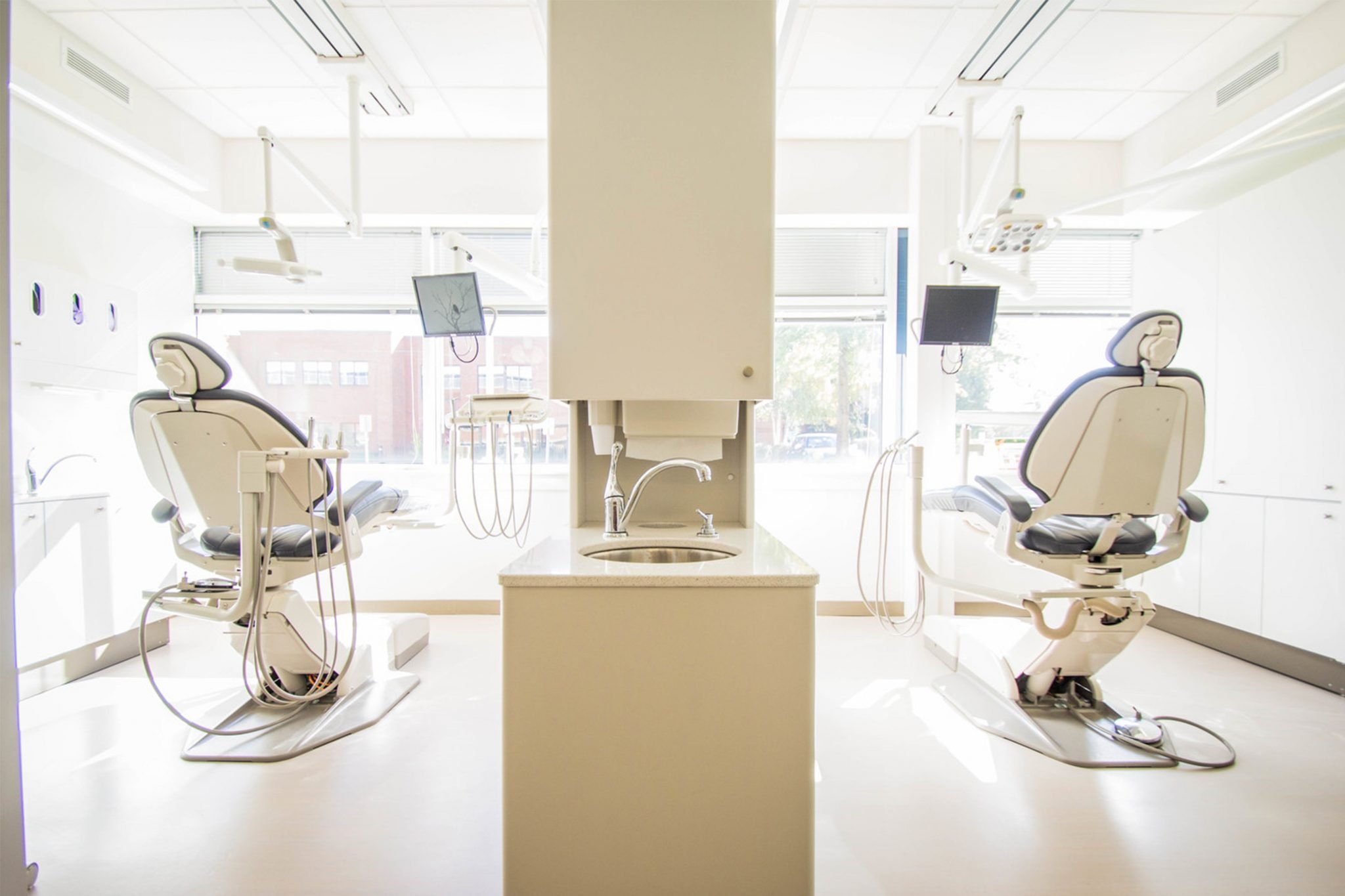
Detection of dental malocclusion in a scientific way
22 October 2021Introduction to the clinical problem
Sports activity can have repercussions on the psychophysical health of an athlete to the point of compromising, in some cases, their performance. Let’s take the example of a marathon runner who trains several times a week, grinding kilometers after kilometers and who, during a race, can even run for four consecutive hours. Continuous physical stress can have effects on the entire musculoskeletal system, including the stomatognathic one. In fact, in the event of malocclusion, muscle and joint pains in the entire leg and back are exacerbated which, over time, can lead to problems of: cartilage wear, inflammation of the joints or arthrosis.
There is a close relationship between teeth and sports activity: a minimal variation of the occlusal balance can, in fact, alter the intensity of the strength and coordination skills of the athletes, leading to the onset of muscular tensions, which can negatively affect the entire body.
In the case of contact sports such as basketball and American football, we are talking about dental-maxillofacial trauma. This type of bruises, which affects about 30% of the sports population (especially between 8 and 20 years old) can lead to important functional and aesthetic problems. Among dento-maxillofacial traumas, dentoalveolar traumatic injuries are very frequent in deciduous and permanent dentition. On average, three out of ten subjects suffer an oral injury [1] and at least one of these is caused by sports [2].
Athletes can protect themselves from this type of trauma by using mouthguards, or oral protectors that have the function of resisting the stresses caused by sporting activity. For this purpose it is necessary that the mouthguard has a minimum size, is stable, guarantees excellent speech and ventilation, adapts perfectly to the cranial-mandibular conformation of the subject and has an acceptable aesthetics. This oral protection is often confused with the bite, a medical device that treats pathologies of the temporomandibular joint and its dysfunctions, restoring correct dental occlusion, with the right contact between the dental arches, thus avoiding overloads and repercussions on posture.
Importance of evaluation in clinical problems
The slightest variation in occlusal balance can cause muscle tension, negatively affecting the athlete’s potential. The lack of occlusal stability creates a strong energy vanishing point and an imbalance between the agonist and antagonist muscles, increasing the possibility of repeated muscle injuries and strains. In this scenario, the mouthguard can be used to establish a better neuromuscular balance of the chewing muscles.
Importance of objective technological assessment
To fully understand the role of the mouthguard in the prevention of dentoalveolar traumatic injuries, it is important to relate the gnathological and occlusal component with the activity of the neuromuscular system. This is possible thanks to the surface electromyography that allows the objectification of the functional parameters of the stomatognathic system: the EMG probes applied to the levator muscles of the mandible, detect the patient’s status both in the presence and absence of the bite and allow the evaluate of the effect of the latter on neuromuscular balance [3].
The Department of Medical, Oral and Biotechnological Sciences of the University of Chieti-Pescara conducted a study to analyze the impact of the individual mouthguard on the chewing muscles of athletes who wear it [4]. Through the electromyographic examination, the variations that the mouthguard induces on the balance of the chewing muscles were evaluated and the comparison with the dental occlusion of the subject in maximum intercuspidation, showed that the mouthguard helps to make the work of the masseter and temporal muscles symmetrical, better distributing occlusal loads, both in the antero-posterior direction and in the lateral direction.
Conclusion
To preserve the athlete’s health, it is important to check the changes that occur in the oral cavity. Thanks to objective and precise measurement tools, such as electromyographic sensors, it was possible to verify the effectiveness of the mouthguard in the prevention of oral contact sports injuries and to establish its triple function as: trauma protection, reservoir of substances and aid in the athlete’s performance.
References
[1] Andreasen, F., & Andreasen, J. (1990). Treatment of Traumatic Dental Injuries: Shift in Strategy.International Journal of Technology Assessment in Health Care, 6(4), 588-602. doi:10.1017/S0266462300004232
[2] Glendor, U. (2009), Has the education of professional caregivers and lay people in dental trauma care failed?. Dental Traumatology, 25: 12-18.https://doi.org/10.1111/j.1600-9657.2008.00707.x
[3] Raquel G., et al., (2017). The use of a custom-made mouthgard stabilizes the electromyographic activity of the masticatory muscles among Karate-Dō athletes. J Bodyw Mov Ther.; 21(1); 109-116
[4] Tripodi D., Cosi A., Fulco D., D’Ercole S., (2021). The impact of sport training on oral health in athletes. Dent J (Basel); 9(5):51

